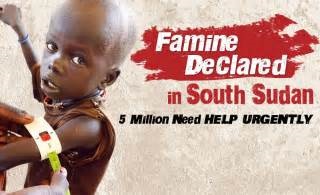
The closing of the unofficial border crossing Roxham Road last year stemmed the flow of asylum-seekers into Quebec from New York state, but overall numbers are rising in Canada with a spike in those arriving by air. The rise has many reasons behind it and can’t be accounted for by the growing scope of global conflict alone, immigration experts told The Epoch Times.
A major contributor is likely an increase in travel visa approvals.
The government has recently ramped up its visa processing to eliminate a backlog from the pandemic, Montreal immigration lawyer Stéphanie Valois told The Epoch Times. After arriving on travel visas, many people proceed to claim asylum.

A group of asylum seekers wait to be processed after being escorted from their tent encampment to the Canada Border Services in Lacolle, Quebec, on Aug. 11, 2017. Canada sees influx of 25,000 asylum seekers crossing border from US (alipac.us)
Fewer travel visa applicants have been asked to prove they will return home in recent years, said lawyer and York University international relations professor Michael Barutciski in an email. This is also likely contributing to an increase in air arrivals, he said.
From January to June this year, Canada processed just over 92,000 asylum claimants. That’s a lot more than the roughly 57,000 claimants in the same period last year—and 2023 was already a record-breaking year.
By contrast, from 2011 to 2016, the number of claimants Canada received each year ranged from around 10,000 to 25,000. The numbers began to climb thereafter, and Canada’s per-capita intake of asylum-seekers is now comparable to that of Germany, the European Union’s largest host country, according to Barutciski’s analysis of EU figures for a Macdonald-Laurier Institute paper published in July.
Nearly 28,000 claimants arrived via air in the first half of this year, compared with roughly 8,000 by land. This is a reversal of a long-standing trend of land arrivals being far more common, even before Roxham Road became a heavily used route.

From Land to Air
Roxham Road is an unofficial border crossing between New York and Quebec used by more than 100,000 migrants since 2017. Its use waned after Canada and the United States closed a loophole in their bilateral Safe Third Country agreement in March 2023.
The agreement says anyone seeking asylum must file their claim at the first of the two countries they enter. But the loophole was that this requirement applied only to official border crossings. Now it applies anywhere along the border: Asylum-seekers will be turned back to the United States to make their claims there.
Most of the asylum-seekers in 2023 were from Mexico—about 25,000 of all claimants that year, according to the Immigration and Refugee Board (IRB) of Canada.
The federal government further tightened restrictions on migrants from Mexico in February 2024 by requiring Mexicans to have travel visas.
“This responds to an increase in asylum claims made by Mexican citizens that are refused, withdrawn or abandoned,” said the federal government’s announcement at the time. “It is an important step to preserve mobility for hundreds of thousands of Mexican citizens, while also ensuring the sound management of our immigration and asylum systems.”
Prime Minister Justin Trudeau said in June, after meeting with Quebec’s premier, that his government would “improve the visa system“ in general, but he did not elaborate and it was not a major point of discussion.
The Epoch Times asked Immigration, Refugees and Citizenship Canada for any update or specific plans but did not receive a response as of publication.
“When people apply for a visa, it’s almost impossible to know what their intentions are when they arrive in Canada,” immigration lawyer Valois said. They may be planning to seek asylum, or sometimes the situation changes in their homeland—if a war starts, for example—and they decide to make a claim, she said.
The same is true of international students who file asylum claims, she added. Federal Immigration Minister Marc Miller has expressed alarm regarding international student claims.
The number of international students claiming asylum at Seneca College increased from about 300 in 2022 to nearly 700 in 2023. Claims from Conestoga College students rose from 106 to 450 during that same period.
These increases are “alarming” and “totally unacceptable,” Miller said in February.
As the method of entering Canada to claim asylum has changed, so have the most common countries of origin and the destinations within Canada.
Countries of Origin, Destination
The highest number of claimants so far this year have arrived from India. IRB data on country of origin is only available for January through March. It shows approximately 6,000 claimants from India. The next greatest are those from Mexico (about 5,800), Nigeria (5,061), and Bangladesh (3,016).
Given that the data is limited to only three months, it’s hard to tell how the annual total will compare to 2023. But if the number of Mexican applicants remains steady, Canada may see numbers similar to last year.
However, the number of Haitians and Colombians—which were among the highest in 2022 and 2023—appears to be on the decline. These are also groups that would have come in large numbers through Roxham Road.
The new claimants coming in now are from countries that differ from the top source countries for refugee claims worldwide, Barutciski said, referencing data he analyzed from the United Nations High Commissioner for Refugees.
Canada’s spike is not following global trends, he said, which suggests it may have to do with a perception that Canada’s asylum policies are especially lenient. In other words, Canada is attracting claimants who feel they may not successfully seek asylum elsewhere.
Asylum-seekers are specifically people who arrive in the country without pre-approved refugee status. For example, although Canada has taken in many Ukrainian refugees, Ukraine is not a top source of asylum-seekers.
The majority of claimants so far this year have arrived in Ontario, whereas for years, Quebec was at the centre of the asylum issue.

Quebec has received more claimants than Ontario almost every year since 2016. The only exceptions were 2020 and 2021, but Ontario’s numbers were only slightly higher during those years (a difference of approximately 700 people in 2020 and roughly 1,600 in 2021).
In the first half of this year, Ontario received approximately 48,000 claimants and Quebec received 33,000. British Columbia and Alberta were the next highest recipients, with roughly 5,200 and 4,500 respectively.
How to distribute claimants, along with the federal funds for helping settle them, has been a hot topic.
Quebec received a pledge of $750 million in federal funds in June, and B.C. Premier David Eby was most outspoken about other provinces wanting help as well. Minister Miller replied in June that British Columbia needs to take on more asylum-seekers if it wants more money.
Manitoba and Newfoundland and Labrador have said they are willing to take on some of Quebec’s asylum-seekers.
Quebec has requested a federal quota system that would relocate asylum-seekers to other provinces.
The Parliamentary Budget Office (PBO) in May put together an estimate of federal costs associated with each asylum claimant from a visa-exempt country.
The average cost for each claimant is $16,500 cad in 2024, the PBO said.
Asylum-seekers are eligible for a work permit, with the processing time to get it about six to eight weeks, according to the Quebec government.
The claims themselves can take years to process. The current projected wait time, according to the Immigration and Refugee Board of Canada, is two years for a refugee claim and one year for an appeal. The backlog of cases has grown over the years to more than 186,000 as of March 31 this year. For comparison, the backlog was approximately 10,000 in 2015.
The proportion of claims that are approved is rising. The data available for 2024 so far, from January to March, shows 82 percent approved—or some 11,000 out of around 13,500 claims ultimately assessed—not counting others that weren’t assessed as they were either abandoned or withdrawn by the claimant.
Similarly, in the 2023 calendar year, roughly 79 percent were approved. That was a steep increase from the 69 percent figure in 2022, and the 71 percent in 2021. If we jump back to 2013, the number was 60 percent, which increased to 64 percent in 2014 and continued to climb.

For the Silo, Tara MacIsaac/The Epoch Times. The Canadian Press contributed to this report. Featured image via alipac.us : A group that stated they were from Haiti line up to cross the U.S.-Canada border into Hemmingford, Quebec, from Champlain in New York, Aug. 21, 2017.
Related

Quebec Calls for Asylum Seekers to Be Distributed Throughout Canada via Federal Quota System

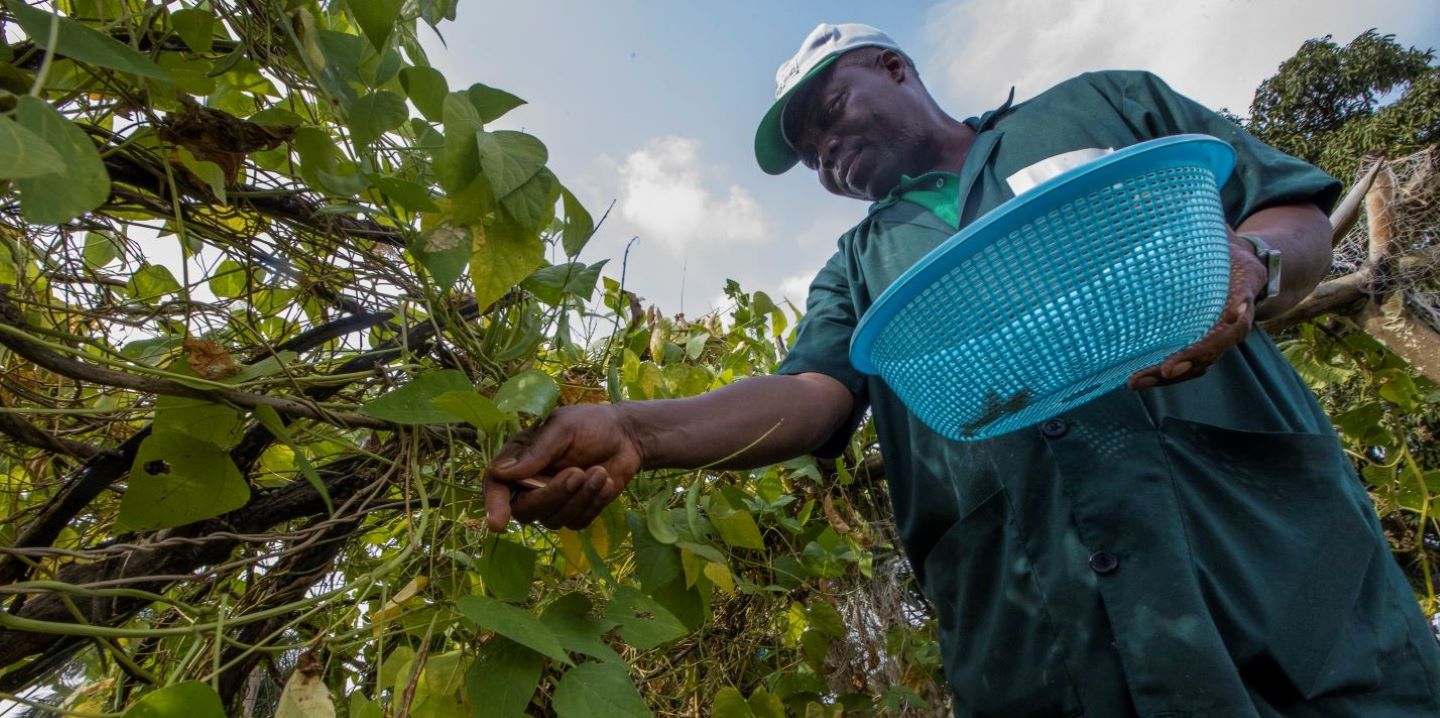

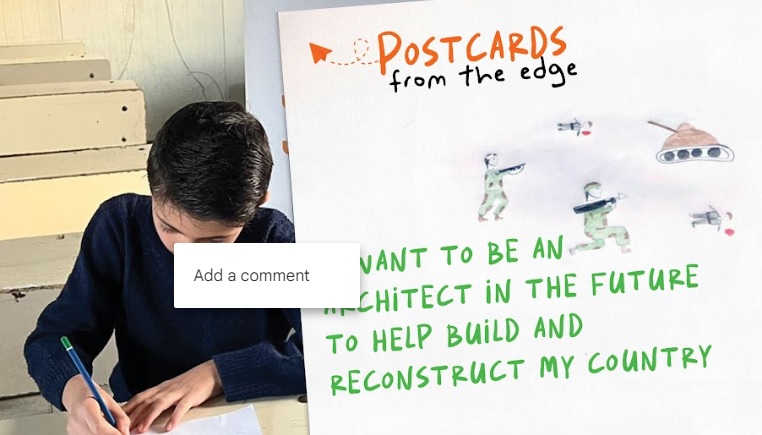

 refugee in #DRCongo.
refugee in #DRCongo.
 demands change & an #education!
demands change & an #education!


 & all the countries that are affected by war & destruction.” ~Kamil, 12, refugee in #Iraq.
& all the countries that are affected by war & destruction.” ~Kamil, 12, refugee in #Iraq. .
. , wants his community and family to prioritize education. With support from @UNICEFBD+@EduCannotWait his dreams are coming true.
, wants his community and family to prioritize education. With support from @UNICEFBD+@EduCannotWait his dreams are coming true.  . Read Zehab’s @EduCannotWait’s #PostcardsFromTheEdge
. Read Zehab’s @EduCannotWait’s #PostcardsFromTheEdge 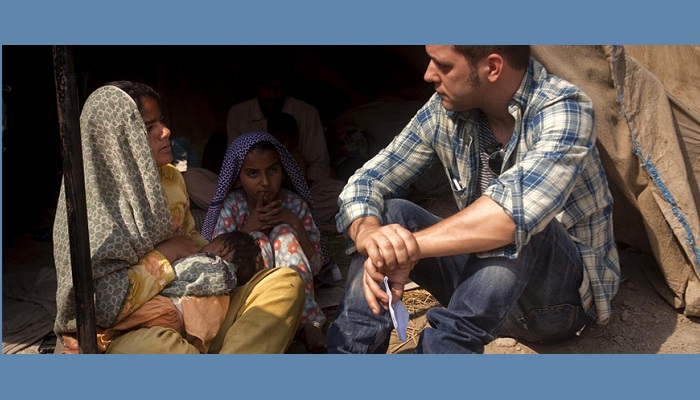
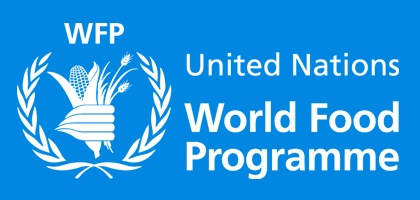 It costs just $4.55cdn, less than a bottle of maple syrup, to provide one week of nutritious meals to children in school through the ShareTheMeal app! The app allows users to share nutritious food with hungry children around the world by simply tapping on their smartphone and donating $0.65 or more.
It costs just $4.55cdn, less than a bottle of maple syrup, to provide one week of nutritious meals to children in school through the ShareTheMeal app! The app allows users to share nutritious food with hungry children around the world by simply tapping on their smartphone and donating $0.65 or more.
